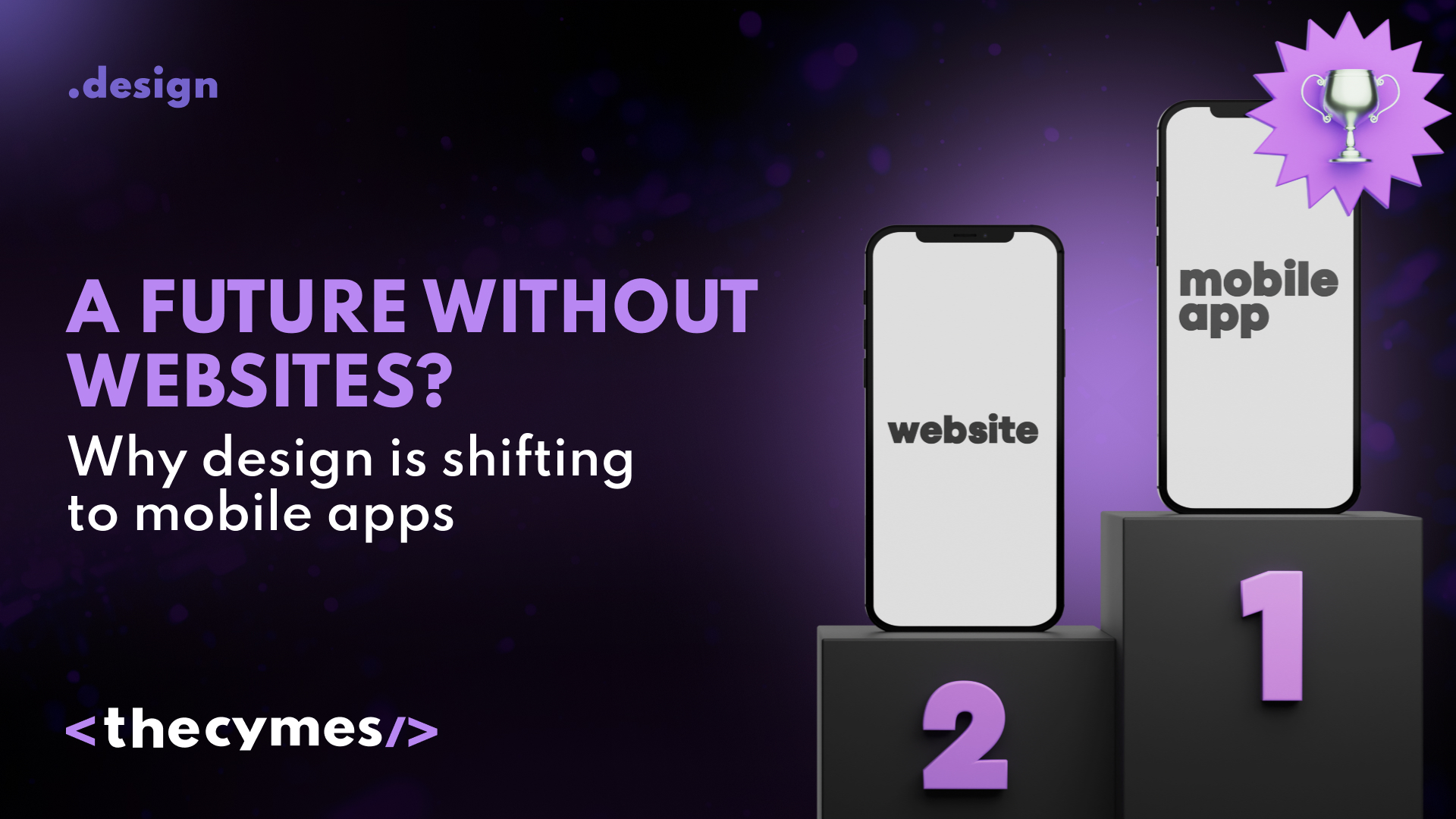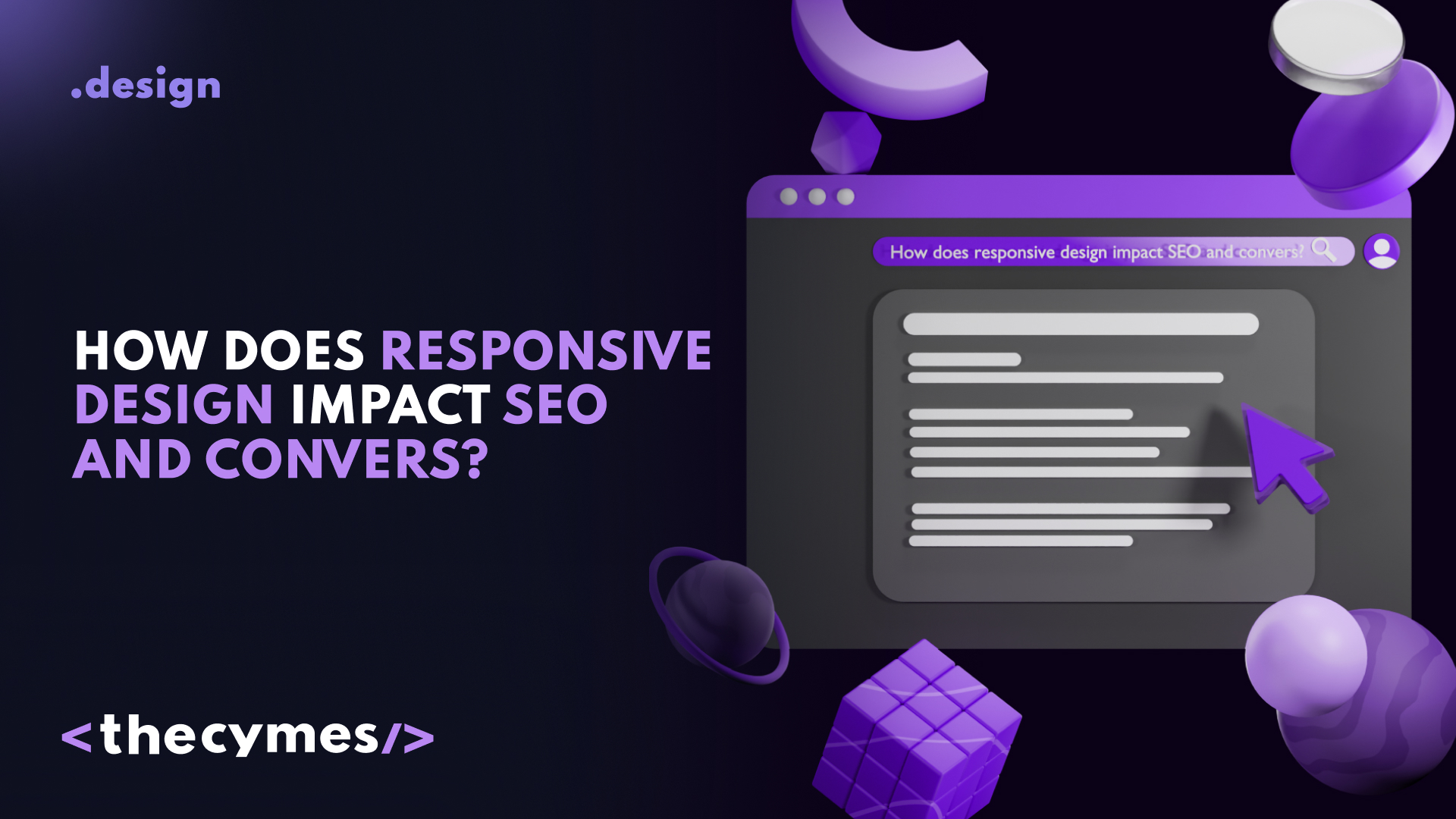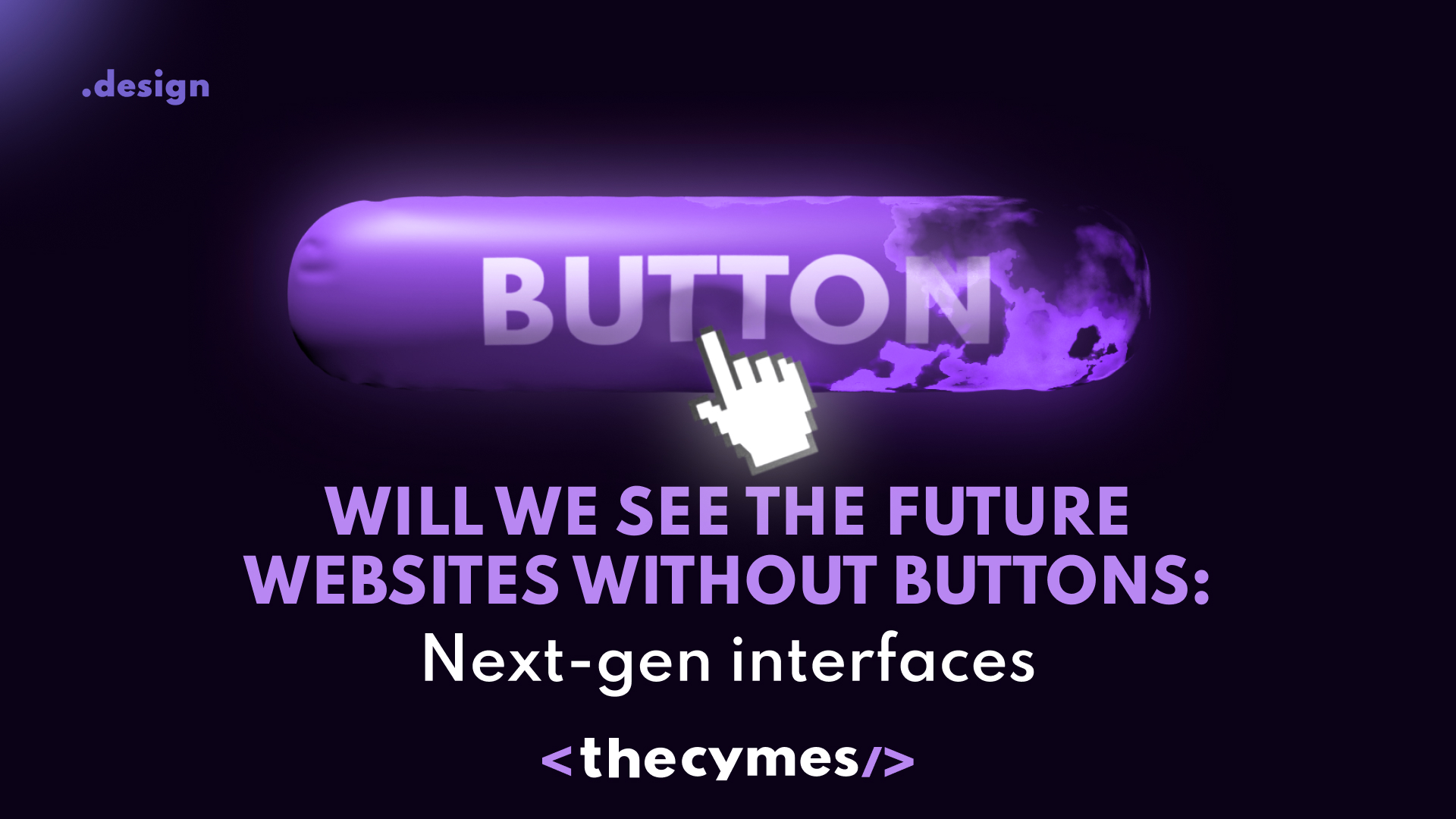Table of Content
A future without websites? Why design is shifting to mobile apps
/>Will you make a switch to app in 2025? Is it worth it? Let's explore together in our latest article!The digital shift we didn’t see coming
Remember the early 2000s when having a website was the ultimate sign that a business was real? Fast forward to 2025, and the conversation has changed. Now, it’s all about mobile apps. But why? And does this mean websites are becoming obsolete? Let’s explore why design is shifting towards mobile applications and what this means for businesses and users alike.
Mobile-first EVERYTHING
We live in an era where smartphones dominate our daily lives. Whether it’s ordering food, booking a ride, or even managing finances, mobile apps are the go-to solution. Studies show that over 90% of internet users spend their time on apps rather than browsing websites. This is a dramatic shift that businesses can’t afford to ignore.
Take Instagram and TikTok, for example. These platforms barely exist in web format, and their entire user experience is optimized for mobile. Even retail giants like Amazon and Nike encourage users to shop via their apps, offering exclusive discounts to app users.
According to App Annie, global consumer spending on mobile apps reached $170 billion in 2023, a 20% increase from the previous year. This surge highlights how businesses are prioritizing mobile-first experiences over traditional websites.
Why are websites losing relevance?
Let’s face it—traditional websites have limitations. Here’s why businesses are moving away from them:
- Speed & performance – Mobile apps load faster, provide smoother navigation, and store data for offline access, unlike websites that depend on browser capabilities.
- Personalization – Apps use AI-driven data to offer a more tailored experience based on user behavior.
- User engagement – Features like push notifications, instant chat, and one-tap payments make apps more interactive.
- Security – Mobile apps often provide more secure environments than web browsers, which are prone to phishing and hacking attacks.
The 2025 tipping point: Why the shift is happening now
Businesses aren’t switching to mobile apps just because it’s trendy—it’s a necessity. Here’s why 2025 is a crucial year for making the move:
Google's search priorities are changing with its Mobile-First Indexing, prioritizing app-like experiences. Websites that aren’t optimized for mobile will struggle to rank, forcing businesses to adapt to new digital standards. 5G expansion is accelerating digital experiences, allowing apps to operate seamlessly even with high-definition content. Faster connections mean smoother streaming, quicker transactions, and a more responsive user experience. Consumer expectations are evolving, with users demanding instant, frictionless experiences. Mobile apps outperform traditional websites by offering better speed, personalization, and interactivity, meeting the needs of the modern digital audience. E-commerce is booming, with mobile shopping projected to make up 73% of total e-commerce sales by 2025. The convenience of in-app purchases, one-click payments, and AI-driven recommendations are driving this rapid shift toward mobile-first retail.
Who’s already making the switch?
Some businesses are already leading the way in app-first experiences:
- Starbucks – Their app processes millions of mobile orders daily, reducing wait times and increasing customer loyalty.
- Netflix – While their web version exists, the mobile app is where most users consume content due to its superior UX.
- Sephora – Their mobile app uses AR to allow users to try on makeup virtually, increasing sales and reducing returns.
- Walmart – Their app-first approach includes cashier-less checkout and AI-driven shopping lists, significantly enhancing customer experience.
- Nike – The Nike app integrates exclusive drops, workout content, and membership perks, making it more than just a shopping platform.
Is this the end of websites?
Not quite. Websites will still play a role, but their function will shift. They’ll serve as informational hubs rather than the primary platform for transactions and user interactions.
For businesses, this means rethinking design strategies and adapting to changing user behaviors. The focus should be on making apps the primary digital experience while ensuring websites remain functional and informative. Instead of investing heavily in web development, companies should prioritize seamless, engaging, and feature-rich mobile apps that offer personalized experiences. This involves leveraging AI-driven recommendations, integrating payment gateways for smooth transactions, and ensuring cross-device compatibility. The key is to build an ecosystem where the app enhances customer engagement while the website serves as a supporting tool.
What this means for businesses in 2025
If you’re a business owner or a digital strategist, here’s what you should be doing:
- Develop an app-first strategy – If you haven’t built a mobile app yet, now’s the time.
- Optimize for mobile – Ensure your website is mobile-friendly for those who still visit via browsers.
- Leverage push notifications – Apps allow direct communication with users, increasing engagement and retention.
- Focus on UX & personalization – A well-designed app should feel intuitive and cater to user preferences.
The human side of this shift
For users, this shift means faster, easier, and more enjoyable digital interactions. Imagine never having to enter your card details on a slow-loading website again or dealing with pop-up ads that ruin the browsing experience.
For businesses, this shift brings new challenges but also massive opportunities. The key is adaptability. Those who embrace mobile-first design will thrive, while those who resist may struggle to keep up.
The future is app-driven
The internet isn’t disappearing, but how we interact with it is evolving. Mobile apps are becoming the dominant force in digital experiences, and businesses must adapt to stay relevant.
The question isn’t whether websites will disappear, but rather how they will complement an app-driven future. Companies that integrate apps with their broader digital strategies will be better positioned to capture and retain customers. Investing in app-first experiences, AI-driven personalization, and omnichannel integration will define success in the coming years.
So, is your business ready for the future without traditional websites? If not, 2025 might be the year to make that switch. Whether you're in retail, entertainment, finance, or any other industry, rethinking your digital presence now can help you stay ahead of the curve and meet the growing expectations of mobile-first consumers.



